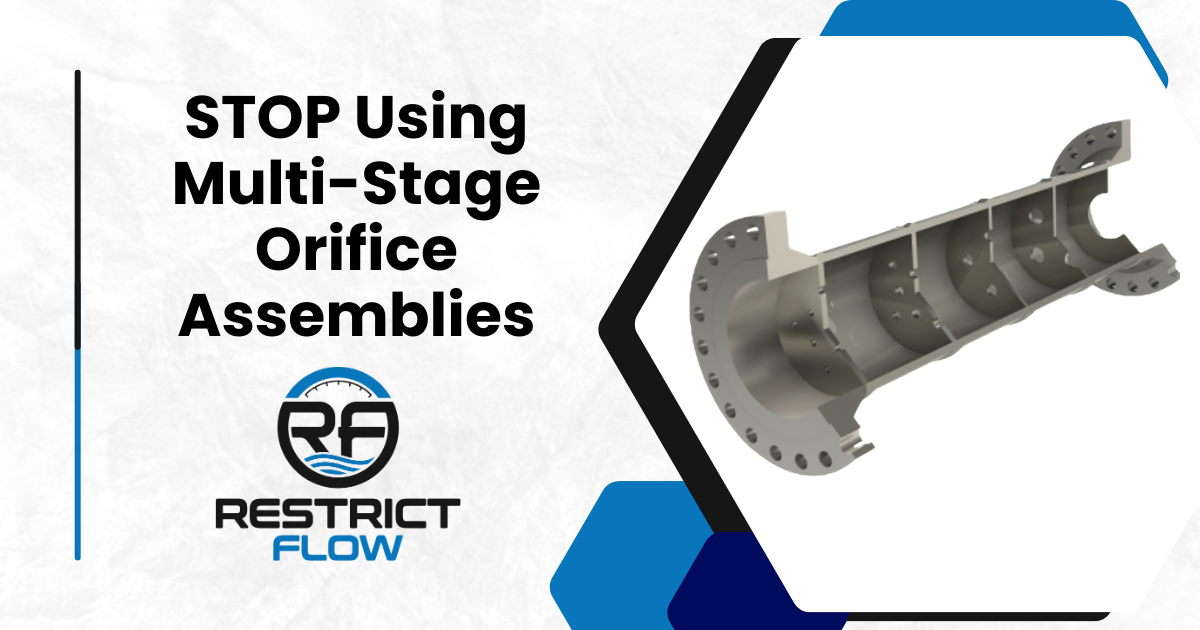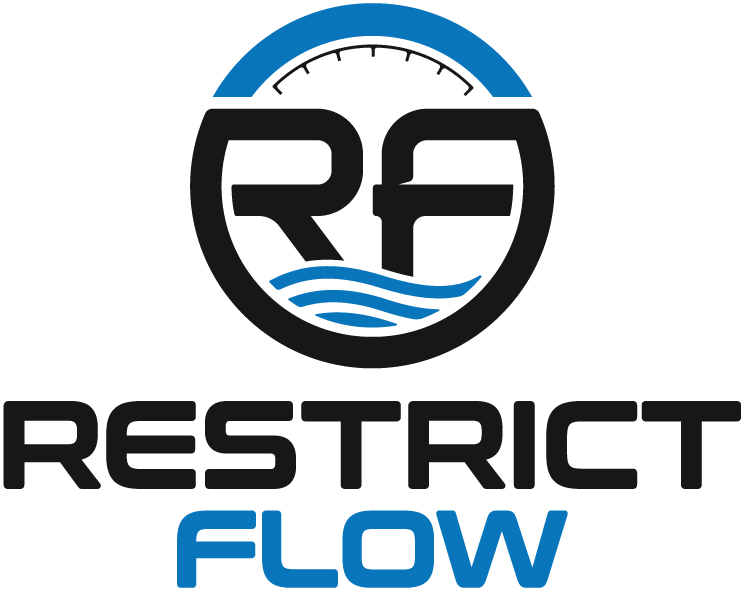
Restriction orifices plates are used in a wide range of industrial applications today. Some of the most prominent restriction orifice plate implementations are within facilities such as nuclear power plants, pharmaceutical facilities, paper mills, petrochemical plants, and other industrial installations that require high to low-pressure changes.
A proper restriction orifice plate sized correctly can greatly reduce cavitation and flashing in liquid flows, reduce excessive noise and vibrations, and create a proper choked flow in gases.
We’re going to discuss some of the most significant drawbacks to using multi-stage restriction orifice assemblies, compare and contrast single plates and multi-stage restriction orifice assemblies, and explore why single-stage orifice plates may be the ideal default solution for most implementations.
Drawbacks of Multi-Stage Orifice Plates
More often than not, single-stage orifice plates will be sufficient to meet the requirements and specifications of a facility or industrial installation, with multi-stage orifice plates being reserved for the most rigorous process conditions.
If you’re contemplating the implementation of a multi-stage orifice plate, there are several drawbacks you should consider and be aware of, especially if your specific application can still meet specifications with a single-stage design. There are specialized single-stage restriction orifice plates that make multi-stage assemblies obsolete.
- Higher Production Costs – Compared to specialized single-stage orifice plates, multi-stage orifice plate assemblies have much higher costs, increased material requirements, custom machining labor, more stringent testing, and additional QA requirements that can significantly add to cost. If your project is on a budget, it may be worth considering a specialized single-stage orifice plates as an alternative.
- Increased Integration Challenges – Specialized single-stage orifice plates are designed to easily slip between two piping flanges, or welded within the pipe, making them incredibly simple to integrate without completely altering the complete piping assembly. Extremely easy to inspect in a moment’s notice. Multi-stage orifice plate assemblies, on the other hand, have extended lengths that the end user does not have the space for. If you’re implementing restriction orifice plates into an existing piping system, you may be required to rework or significantly alter the overall design to accommodate multi-stage orifice plate assemblies. Additional space needed may interfere with future growth of the system.
- Additional Failure Points – Compared to specialized single-stage orifice plates where failure points are extremely low, multi-stage orifice plates have a much larger internal volume with many probable points of failure. Depending on the process conditions into which a multi-stage orifice plate is implemented, rigorous conditions may increase the likelihood of accelerated failure. In addition, the ability to inspect the intern structure of the multi-stage requires a bore scope at the least. Sometimes, it’s more cost effective to simply replace with another Multi-stage vs. inspections and testing.
- Complex Design – Multi-stage orifice plates have a much more complex design compared to single-stage restrictive flow plates, increasing the probability of human error or incompatibility in the integration process.
Should Single-Stage Orifice Plates be a Default Solution?
Specialty single-stage orifice plates are more than sufficient for all but the most rigorous process conditions, making them an ideal default solution.
If you’ve run through the calculations and are certain of your need for a multi-stage orifice plate, keeping these drawbacks in mind will help you make better design decisions and select the optimal solution for your specific application.
Contact Restrict Flow today to learn more about single-stage and multi-stage orifice plates and discuss the perfect solution for your organization.
Request Information
1 Business day response to most inquiries
Contact Us
We will get back to you as soon as possible.
Please try again later.
PO Box 905
Friendswood, TX 77546
info@restrictflow.com
Tel: (866) 544-7544

All Rights Reserved | Restrict Flow



